The ribbon slitting machine with visual inspection realizes zero-defect slitting through intelligent technology, especially suitable for electronics, label printing and other industries that require high precision. The following are its core technologies and solutions:
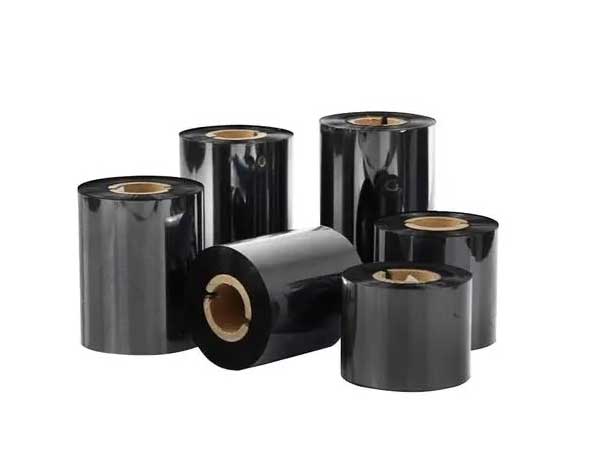
First, the core composition of the system
1. High-precision slitting module
◦ Servo-driven slitting tool holder, cutting accuracy ± 0.1mm.
◦ Pneumatic/hydraulic pressing system to avoid ribbon sliding between layers.
2. Visual inspection system
◦ Industrial cameras: line/area scan cameras (e.g. more than 5 million pixels) with high-brightness LED light sources.
◦ Inspect contents: edge burrs, stains, uneven thickness, printing defects (e.g., color difference, missing characters).
3. Intelligent control center
◦ Integrated PLC+ IPC to run AI algorithms (such as YOLO or CNN) to analyze images in real time.
◦ Support data exchange with MES/ERP system.
Second, the key technology to achieve zero defect slitting
1. On-line full inspection and automatic rejection
• 100% full-frame scanning: The camera captures the ribbon surface at ≥200fps with a resolution of 10μm/pixel.
• Defect classification: Distinguish defect types such as scratches, bubbles, and foreign objects through deep learning.
• Real-time sorting: mark the defective sections, and automatically reject them by the robotic arm or air spray device after slitting.
2. Adaptive slitting control
• Dynamic web tracking: The vision system detects the edge position of the ribbon and feeds back to the web guiding mechanism (such as EPC) with an accuracy of ± 0.05mm.
• Closed-loop tension control: Maintain constant tension through magnetic particle brake + tension sensor to avoid tensile deformation.
3. Dust-free and anti-pollution design
• Enclosed cutting chamber: built-in HEPA filtration system, cleanliness up to ISO Class 6.
• Static Elimination: The ribbon is treated with an ionic air bar before unwinding to prevent dust adsorption.
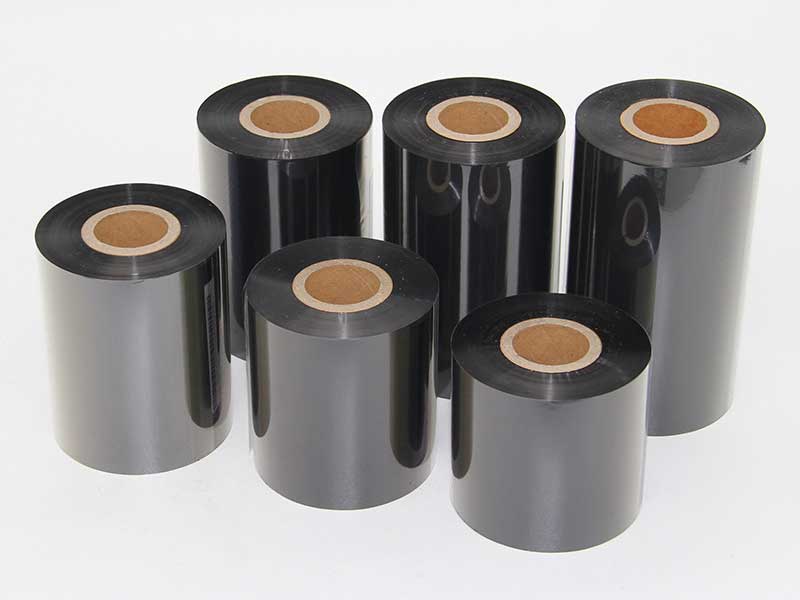
Third, intelligent advanced functions
1. Process self-optimization
◦ Automatically adjust the knife pressure, speed and other parameters according to the ribbon material (such as PET, silver).
◦ Historical defect data statistics and process improvement reports.
2. Predictive maintenance
◦ Monitors insert wear (edge burr rate is analyzed by image) and indicates when to change.
3. 3D visual extensions
◦ Optional laser profiler to detect ribbon thickness uniformity (e.g., ± 2 μm accuracy).
Fourth, industry application cases
• Electronic tag ribbon: ensure that there is no cutting residue in the RFID antenna layer to avoid the risk of short circuit.
• Thermal transfer ribbon: blackness value consistency detection after slitting to ensure printing quality.
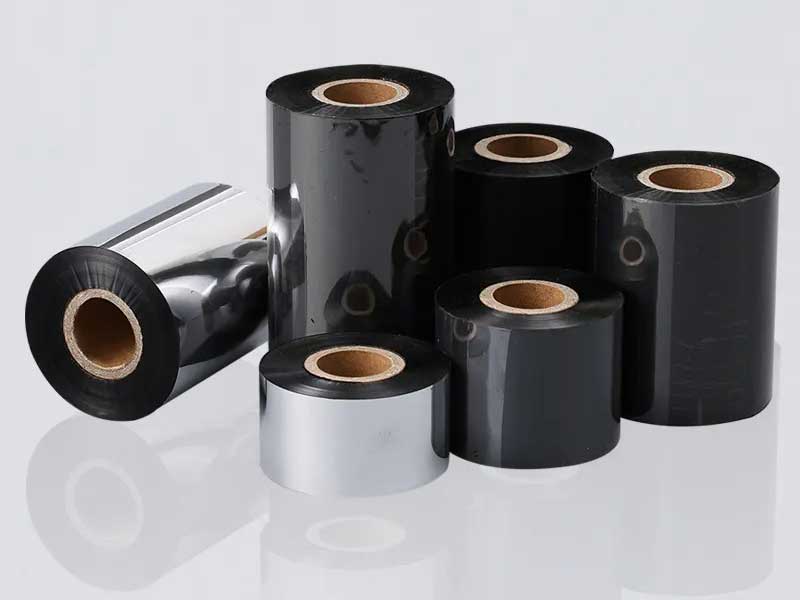
Fifth, the comparative advantages with the traditional slitting machine
| index | Traditional slitting machine | Visual inspection intelligent slitting machine |
| Defect detection rate | ≤70% (manual sampling) | ≥99.9% (full inspection) |
| Slitting accuracy | ±0.3mm | ±0.05mm |
| Scrap | 3%~5% | <0.1% |
| Data traceability | not | Record the defect map of the whole process |
6. Implementation recommendations
1. Selection configuration: Select the hardware according to the width of the ribbon (e.g., 10mm narrow ribbon requires a higher resolution camera).
2. Light source optimization: Use coaxial or polarized light sources for highly reflective ribbons.
3. Verification test: Calibrate the sensitivity of the system with a standard defect sample before slitting.
Through the deep integration of visual inspection + AI, this type of slitter can greatly improve the yield and automation level of ribbon production, especially suitable for fields with strict reliability requirements.
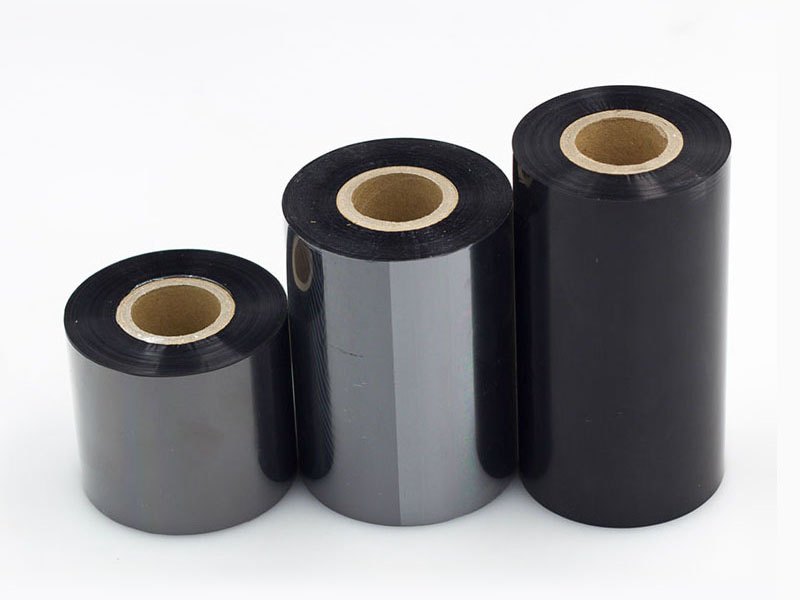 The Blade of Precision: How Ribbon Slitting Machines Become the Invisible Guardians of Print Quality
The Blade of Precision: How Ribbon Slitting Machines Become the Invisible Guardians of Print Quality Beyond Slicing: The Evolution of Ribbon Slitting Machines in the Productivity Revolution
Beyond Slicing: The Evolution of Ribbon Slitting Machines in the Productivity Revolution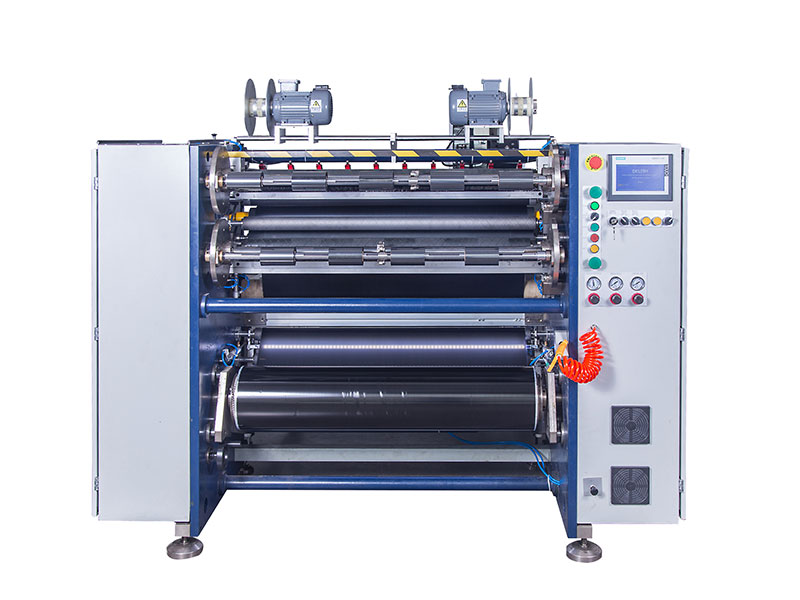 Exploring the reliability technology behind the low failure rate of ribbon slitting machine
Exploring the reliability technology behind the low failure rate of ribbon slitting machine Ribbon Slitting Machine Buying Guide: Focus on reliability and convenience
Ribbon Slitting Machine Buying Guide: Focus on reliability and convenience Is the ribbon slitting machine easy to operate? Convenience design is fully revealed
Is the ribbon slitting machine easy to operate? Convenience design is fully revealed